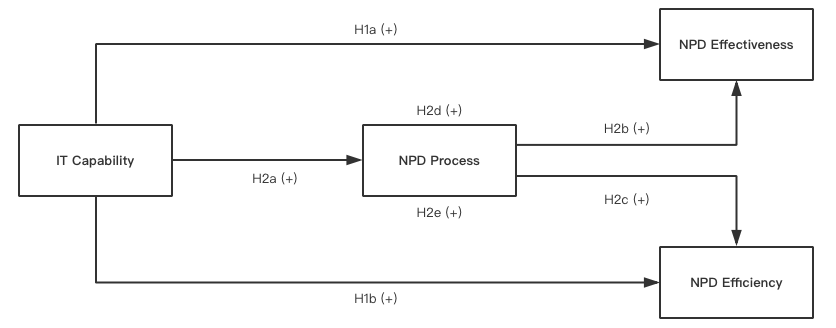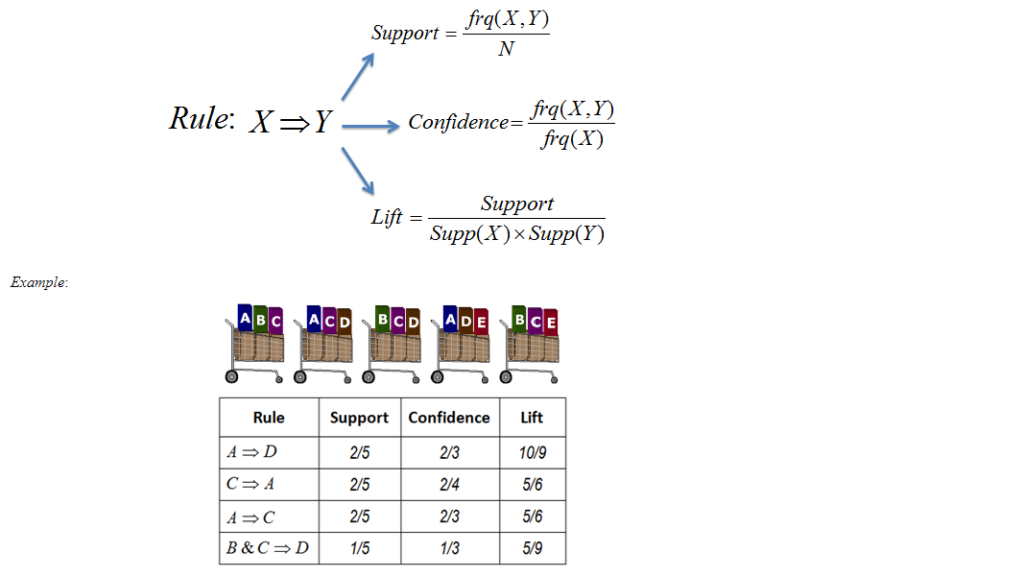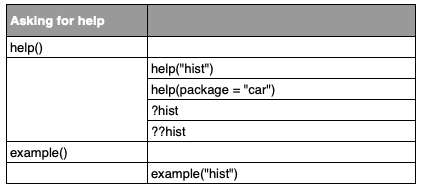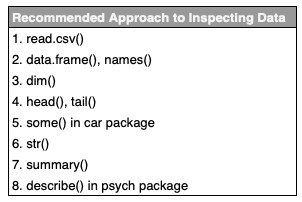While attribution measurements are widely used in the digital marketing field, Media Mix Modeling (MMM) still plays an important role in evaluating marketing effectiveness across multiple channels at a higher level. Here is an example of how to do MMM in R with a free dataset from Kaggle.
Data Preparation
library(tidyverse)
# Import data
media.raw <- read_csv("mediamix.csv")
# Tidy data
media <- media.raw %>%
mutate(TV = tv_sponsorships + tv_cricket + tv_RON) %>%
mutate(Digital = rowSums(.[9:13])) %>%
select(TV, radio, Magazines, OOH, Digital, sales) %>%
rename(Radio = radio, Sales = sales)
# Examining data
View(media)
Three TV-related channels are combined as TV variable. Similarly, the Digital variable is computed from channels such as Social, Display, Search, etc. The final data structure is shown as follows. This article is to examine the relationship between the dependent variable of Sales and the independent variables of TV, Radio, Magazines, OOH, and Digital. The numbers represent the media cost across channels.
Continue reading



